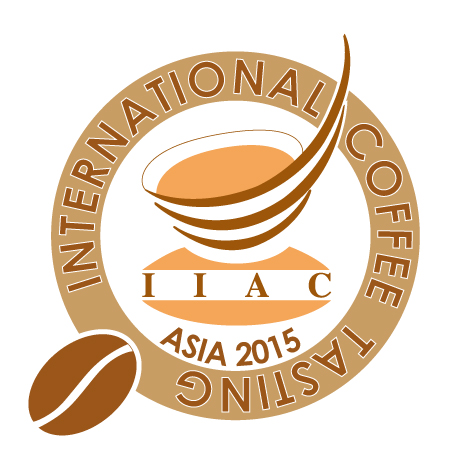 by Luigi Odello (president of the International Institute of Coffee Tasters)
by Luigi Odello (president of the International Institute of Coffee Tasters)
When a country does not feel threatened, it dismisses the army. This is precisely what the coffee plant does to caffeine, which in practice represents one of its weapons against attacking diseases. The tendency to produce caffeine is however part of a plant’s genetics, and as such is difficult to change.
However, the Brazilian researcher Mazzafera achieved just this, through genetic manipulation, to obtain a plant that produced no caffeine at all, but when reproduced, this same plant then returned to producing the traditional caffeine content. The fact remains that when the plant no longer needs to defend itself against external attack, it produces less caffeine: the Robusta coffee plant, when grown in a healthy environment, such as at high altitudes, reduces its own production of caffeine.
This is the same case of the Arabica. In a virtually parallel manner, the trend of chlorogenic acids acts in the same way, constituting another essential defence mechanism for any compounds exposed to the risk of mould, as these acids neutralise their enzymes by acting on the protein part. Thus for humans, it is important to obtain coffee from plants that had less need to defend themselves, as doctors generally agree on the maximum recommended daily intake of caffeine: 300 milligrams.
This means that we can actually drink 6 or 7 espresso coffees, if the alkaloid content is around 40-50 milligrams, but we should halve this in the case of coffee with a high caffeine content. Here is another advantage that the world would have passing to Italian Espresso: an Italian moka coffee can contain twice the caffeine and a filter coffee even three times. But we were talking of Italian Espresso: 7 grams of coffee to obtain a cup of 25 millilitres in 25 seconds. Obviously, that changes if we take the case of the recent inventions of 9/10 grams.
 International Coffee Tasting Asia 2015 returns on the 1st and 2nd December. This international competition is unique in that in order to select the best coffees it relies exclusively on the modern sensory analysis. The 2015 edition, which will be held in Taiwan, is organised by the local branch of the International Institute of Coffee Tasters (Iiac) with technical and scientific support from the CSA Italian Tasters.
International Coffee Tasting Asia 2015 returns on the 1st and 2nd December. This international competition is unique in that in order to select the best coffees it relies exclusively on the modern sensory analysis. The 2015 edition, which will be held in Taiwan, is organised by the local branch of the International Institute of Coffee Tasters (Iiac) with technical and scientific support from the CSA Italian Tasters. by Luigi Odello (president of the International Institute of Coffee Tasters)
by Luigi Odello (president of the International Institute of Coffee Tasters)
